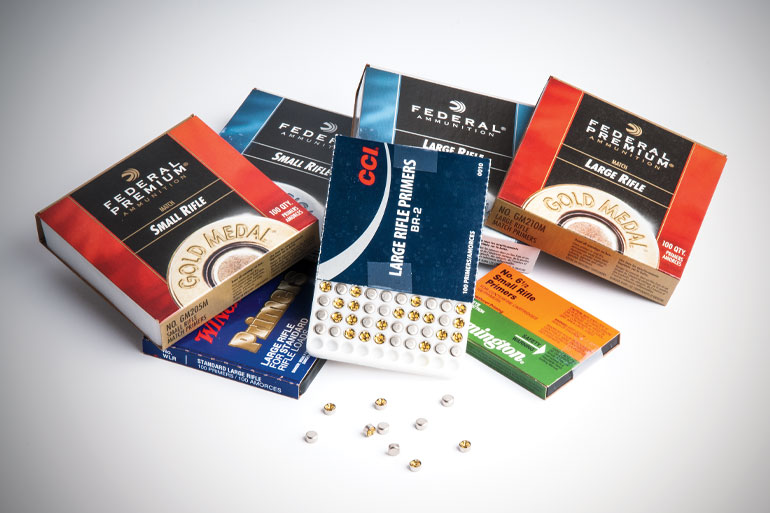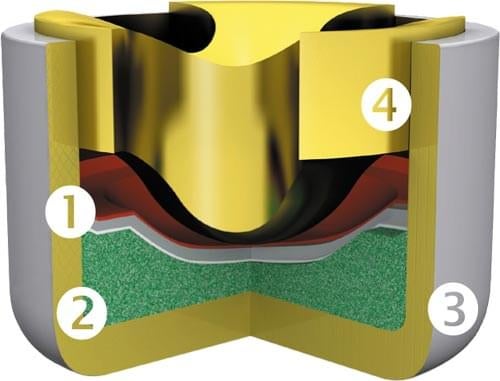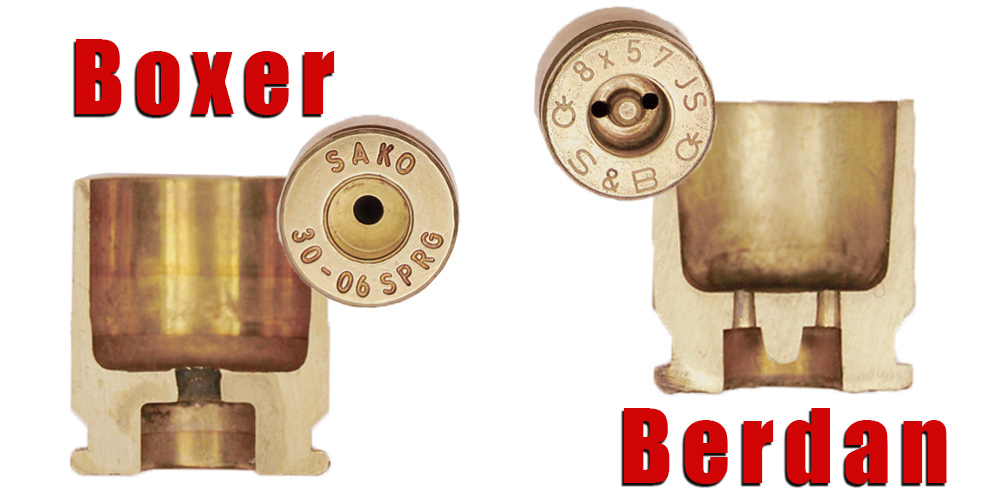5 Simple Techniques For Federal Primers
Table of ContentsSome Known Incorrect Statements About Pistol Primers Fascination About Remington PrimersGetting My Remington Primers To WorkGetting The Rifle Primers To WorkSee This Report about Federal Primers
Component of the gun cartridge for launching propellant burning In firearms as well as artillery, the primer () is the chemical and/or device in charge of launching the propellant burning that will push the projectiles out of the gun barrel. In very early black powder weapons such as muzzleloaders, the guide was basically the same chemical as the primary propellant (albeit generally in a finer-powdered kind), but poured right into an exterior flash frying pan, where maybe fired up by an ignition source such as a sluggish match or a flintlock though some muzzleloaders have guides like cap weapon caps. cci primers.
Examples consist of handgun cartridges, rifle cartridges, and shotgun coverings. Larger weapons items in comparison normally make use of electrical priming. In artillery the primers are often a different part, positioned inside the barrel to the rear of the main propellant chargebut there are other instances of guns, consisting of for instance some automated weapons, developed to shoot cartridges with integral electric guides.
Cci Primers for Dummies

This hole was filled up with finely ground powder, which was then ignited with a hot ember or lantern. With the development of hand-held guns, this ended up being an unfavorable way of shooting a weapon. Holding a burning stick while trying to put a cost of black powder carefully down a barrel is hazardous, as well as attempting to hold the weapon with one hand while concurrently focusing on the target and trying to find the touchhole makes it very hard to fire properly. [] The initial attempt to make the process of shooting a small arm much easier was the "matchlock".
The suit was a slow-burning fuse constructed from plant fibers that were taken in a solution of nitrates, charcoal, and also sulfur, and dried out (https://my.weezevent.com/reloading-primers). This "slow-match" was fired up before the weapon was required, and it would slowly melt, keeping a hot cinder at the burning end. After the weapon was loaded as well as the touchhole primed with powder, the burning pointer of the suit was placed so that the lock would bring it into call with the touchhole.
Top Guidelines Of Cci Primers
This brought the match to the touchhole, sparking the powder. With mindful interest, the slow-burning suit can be maintained burning for long periods of time, as well as making use of the lock mechanism made relatively accurate fire possible. The next revolution in ignition technology was the "wheel-lock". It utilized a spring-loaded, serrated wheel which massaged against an item of iron pyrite, similar to a modern-day lighter.

The covered flashpan likewise gave some capacity to endure bad weather condition. The wheel-lock appreciated only a short duration pistol primers of appeal prior to being superseded by an easier, a lot more durable style.
The Definitive Guide for Rifle Primers
As the name implies, the flintlock made use of flint rather than iron pyrite. The flint was held in a spring-loaded arm, called the "dick" from the similarity of its motion to a pecking poultry. The cock revolved through around a 90-degree arc as well as was held in the tensioned, or "cocked" position by a trigger. https://www.businessfollow.com/author/relodprim3rs/.
The "half-cock" placement held the cock halfway back, and made use of a deep notch to ensure that shooting would not release the dick. Half-cock was a safety and security setting, made use of when packing, storing or bring a packed flintlock. The "full-cock" placement held the dick right back and was the setting from which the weapon was fired.
It acted as both a flashpan cover and also a steel striking surface for the flint. The frizzen was hinged and spring-loaded to make sure that it would secure in the open or shut setting. When shut, the striking surface was positioned so that the flint would certainly strike at the proper angle to produce a spark.
The 10-Second Trick For Remington Primers
The flintlock device was less complex as well as stronger than the wheel-lock, as well as the flint and steel offered an excellent, trustworthy source of ignition. The flintlock stayed in army service for over 200 years, and also flintlocks are still made today for historic re-enactments and also muzzle-loading target competitors, and also for hunters that delight in the extra difficulty that the flintlock supplies.
By the center of the 19th century, the percussion or caplock system was well established., as it was easier as well as extra reputable than the flintlock.
The flashpan and also frizzen were removed and also changed by a little, hollow horizontal cylinder (drum) screwed right into the bored-out as well as tapped flash opening as well as lugging a "nipple" over which the cap could be fitted. A "hammer" which also had half-cock (for packing and also using the cap) and also full-cock settings replaced the cock.